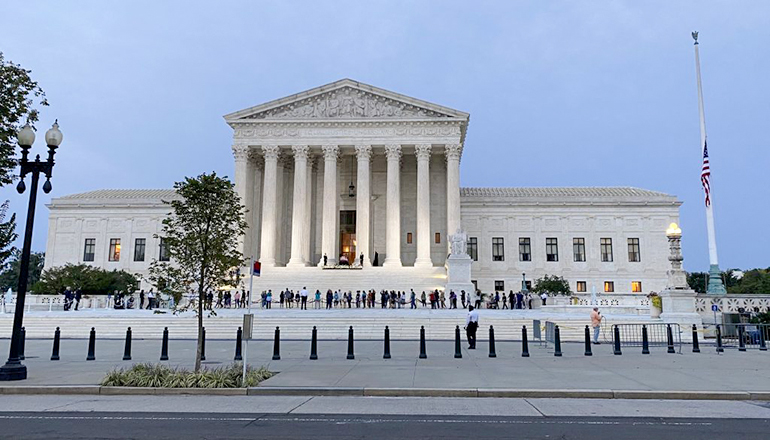In a significant ruling, the Supreme Court has sided with a web designer from Colorado who objected to creating websites for same-sex weddings.
The court determined that Colorado’s anti-discrimination law infringed upon the designer’s First Amendment rights. The 6-3 decision is expected to have far-reaching implications, potentially enabling business owners to discriminate against LGBTQ customers and other groups more easily.
The case revolved around Lorie Smith, a wedding website designer who contended that Colorado’s anti-discrimination laws violated her rights by compelling her to produce websites for same-sex couples and endorse their marriages through her work, thus infringing upon her artistic expression.
Colorado, on the other hand, argued that its anti-discrimination law struck a fair balance by still allowing Smith to express her personal views against same-sex marriage. The state maintained that the case remained hypothetical since there was no confirmation that Smith had been approached by any same-sex couples seeking her services.
In its ruling, the court concluded that Colorado’s anti-discrimination law breached the First Amendment by coercing Smith to create designs that conveyed messages conflicting with her beliefs. The court criticized the state for attempting to compel speech that the designer did not wish to provide.
This landmark decision is poised to have profound implications for the protection of free speech and religious liberty in the context of commercial services. It has sparked debates surrounding the delicate balance between anti-discrimination measures and individual rights.
(Photo credit Laura Olson – States Newsroom)


